Leaf Curl On Rubber Plants: What Causes Rubber Plant Leaves To Curl
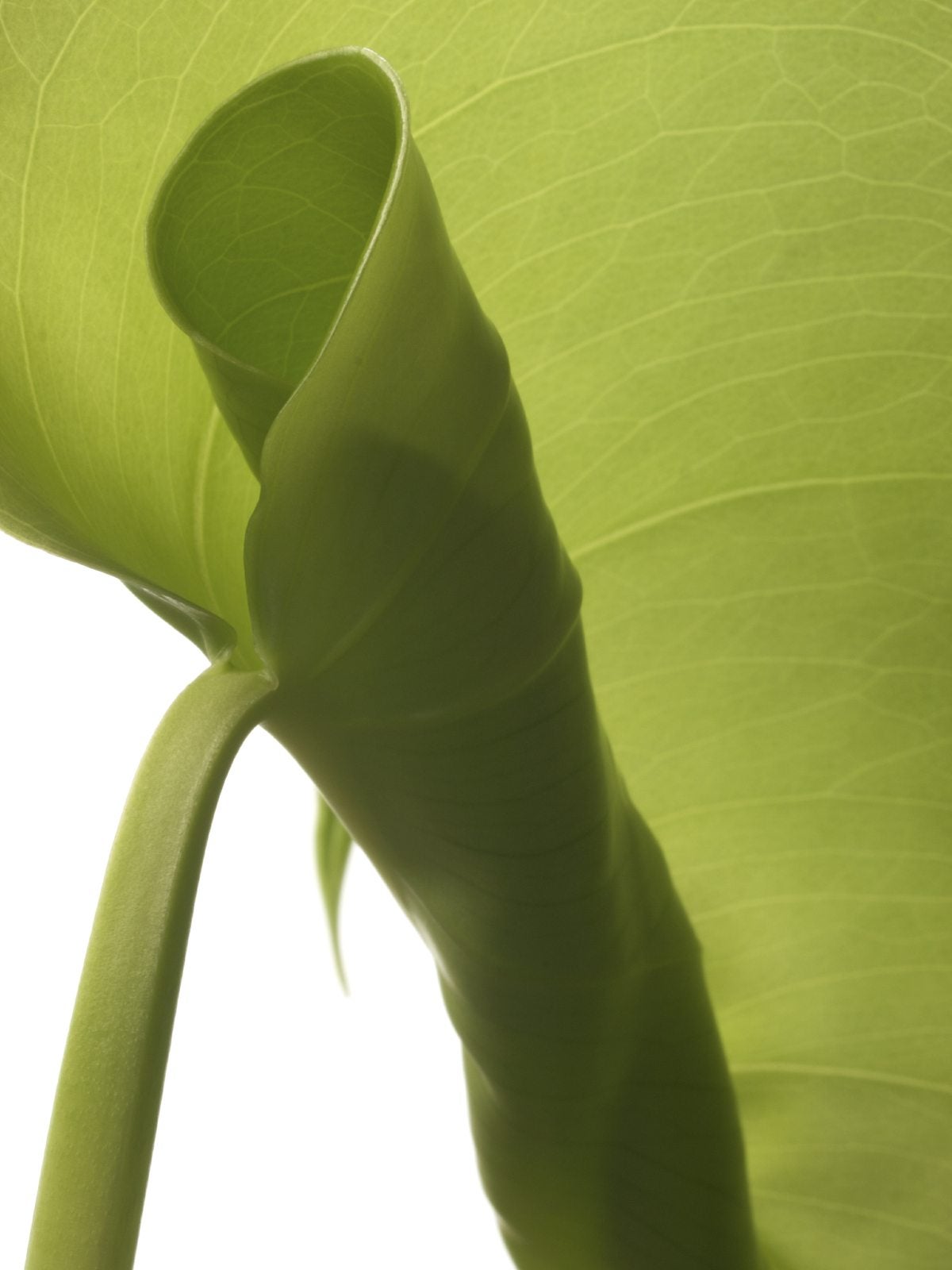

Rubber plant (Ficus elastica) is a distinctive plant easily recognized by its upright growth habit and thick, glossy, deep green leaves. Rubber plant thrives outdoors in USDA plant hardiness zones 10 and 11, but is grown as an indoor plant in most climates. Although it's relatively trouble-free, it can fall prey to various pests and diseases that can cause leaf curl on rubber plants. What causes rubber plant leaves to curl? There are several possible reasons.
Why Do Rubber Tree Leaves Curl?
Below are some of the most common reasons for leaf curl on rubber plants: Chemical exposure – Rubber plants are susceptible to gas fumes, pesticides and other chemicals, even when toxicity levels are indiscernible by humans. Similarly, contaminants in garden soil or potting soil may cause leaf curl on rubber plants. Repotting in fresh soil may be necessary. Improper watering – Both over- and under-watering can cause leaf curl on rubber plants. Allow the soil to dry slightly between watering, then water deeply, using room temperature water, until water leaks through the drainage hole. If the soil feels moist, wait another day or two before watering. Even less water is needed during fall and winter, but don’t allow the soil to become bone dry. Low humidity – Indoor rubber tree plant leaves curling may be a result of dry indoor air. A humidity tray can raise the moisture level around the plant. To make a humidity tray, place a layer of gravel or pebbles in a shallow tray or dish, then set the pot on the pebbles. Add water to the tray to keep the pebbles consistently wet, but don’t allow the bottom of the pot to touch the water, as moisture can leach up the drainage hole and rot the plant. Pests – Small insects, such as aphids, spider mites and scale, may be what causes rubber tree leaves to curl. Inspect the plant carefully, especially the undersides of leaves and the points where leaves meet the stems. Most pests are easily controlled by spraying with insecticidal soap spray. Commercial products are best because they are carefully formulated for use on plants. If you make your own spray, a mild solution is best. Be sure soap is free of color, fragrance and other additives that may harm the plant. Don’t spray the plants during hot weather or when the sun is directly on the leaves. Environmental changes – A temperature change or a sudden move to another room may be responsible for a rubber plant with curling leaves. Watch out for excessive heat and cold, and protect the plant from drafts and cold windows. Rubber plants prefer bright, indirect light. Hot afternoon light may be too intense. Cleaning products – Avoid commercial leaf shine products, which can clog the pores and cause leaf curl on rubber plants. A moist cloth safely removes dust and keeps leaves shiny.
Gardening tips, videos, info and more delivered right to your inbox!
Sign up for the Gardening Know How newsletter today and receive a free copy of our e-book "How to Grow Delicious Tomatoes".

A Credentialed Garden Writer, Mary H. Dyer was with Gardening Know How in the very beginning, publishing articles as early as 2007.
-
 Try The Trend – Turn Any Bed Into A Keyhole Garden With This Clever In-Ground Composter
Try The Trend – Turn Any Bed Into A Keyhole Garden With This Clever In-Ground ComposterKeyhole gardening is an efficient and sustainable practice that saves space. Get started on this DIY project quickly and easily with an in-ground composter.
By Bonnie L. Grant
-
 4 Superfast Composting Methods: Turn Waste Into Garden Gold In 30 Days Or Less
4 Superfast Composting Methods: Turn Waste Into Garden Gold In 30 Days Or LessTry the fastest composting methods to turbocharge your pile and transform kitchen scraps and garden waste into finished compost in just a few weeks.
By Mary Ellen Ellis
-
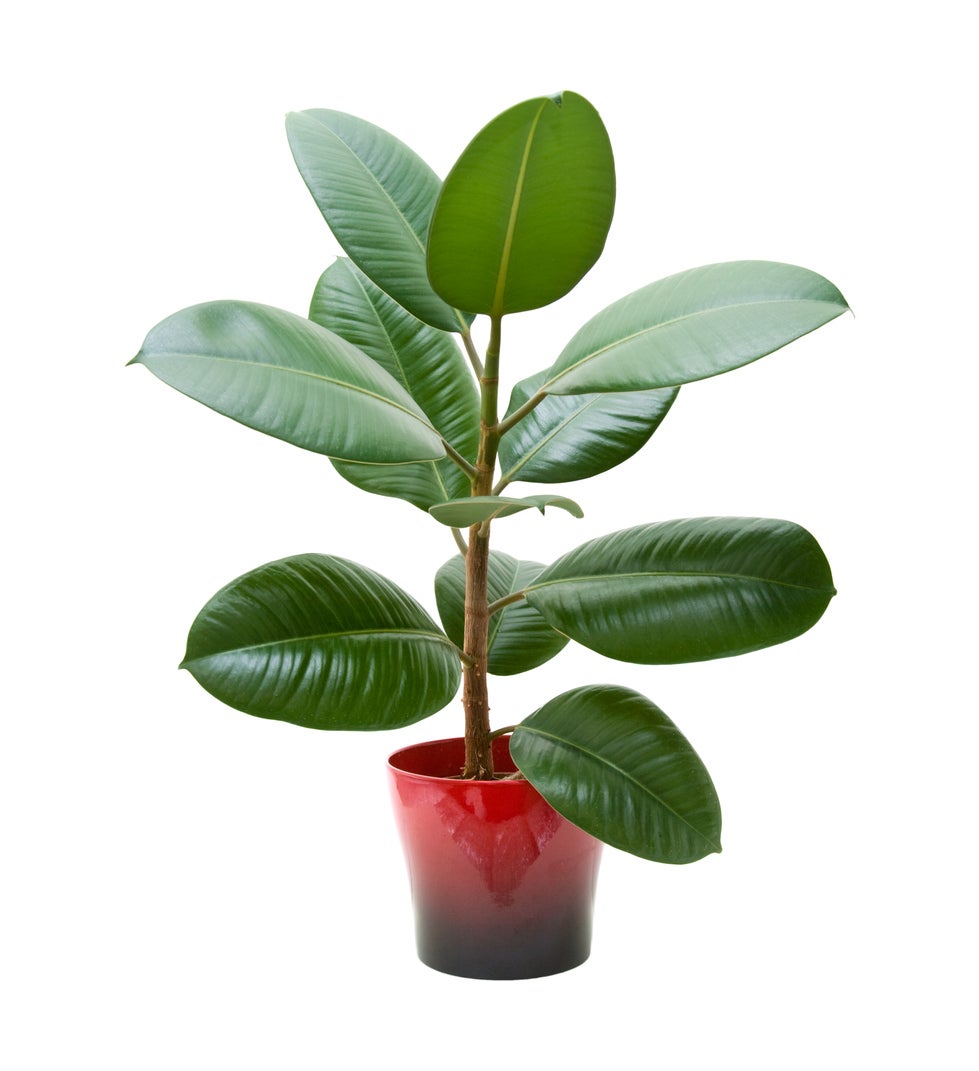 Rubber Plant Bugs: Fighting Pests On A Rubber Plant
Rubber Plant Bugs: Fighting Pests On A Rubber PlantUsually grown indoors, healthy rubber tree plants tend to be pest resistant. However, they can be infested by several sap-sucking pests. What to do if you notice rubber plant insects? Click this article for helpful tips and additional information.
By Mary H. Dyer
-
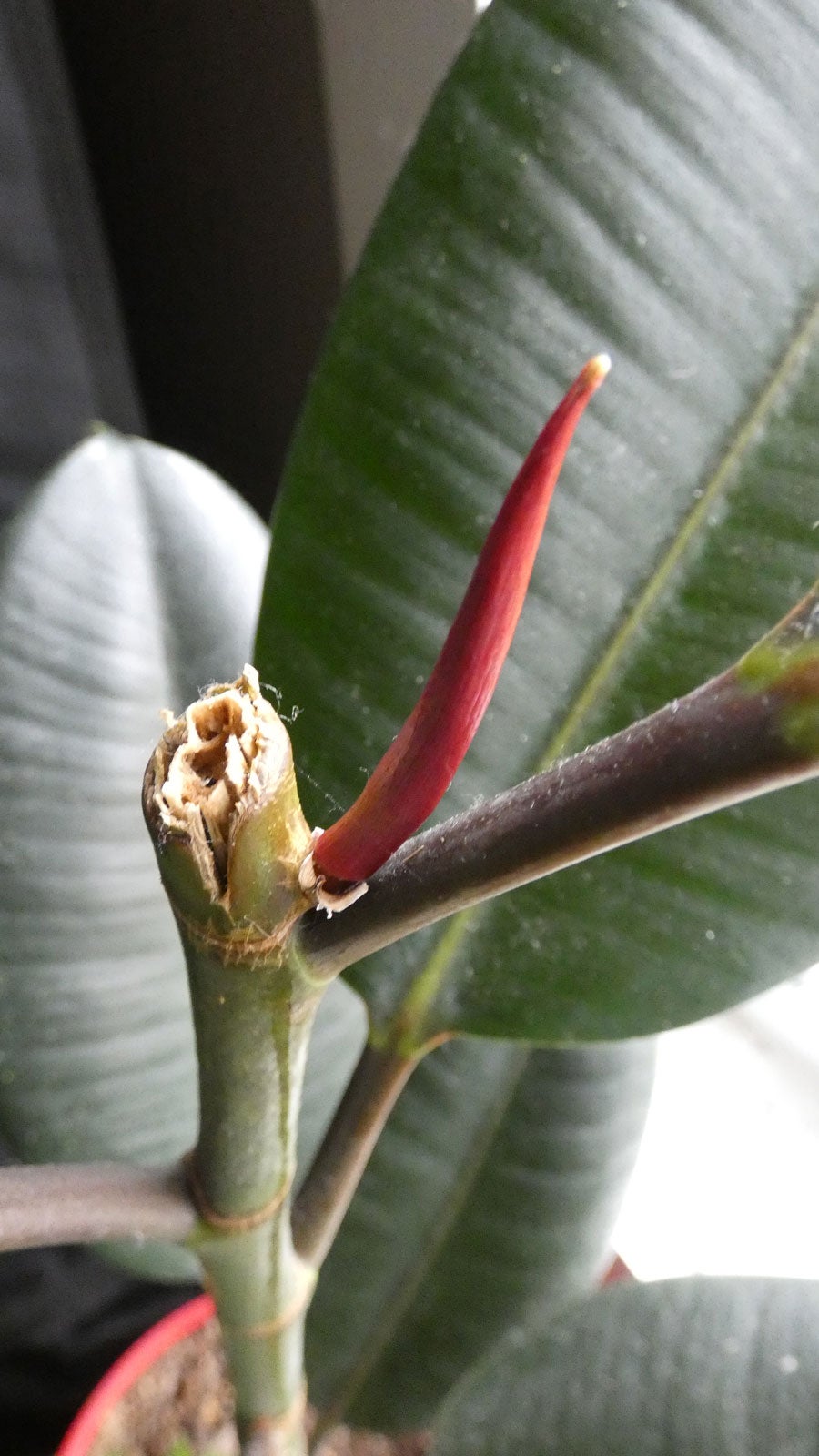 Rubber Tree Branching Tips: Why Won’t My Rubber Tree Branch Out
Rubber Tree Branching Tips: Why Won’t My Rubber Tree Branch OutThe rubber tree plant (Ficus elastica) can sometimes be temperamental, growing upward and refusing to grow side branches. There are a few reasons why your rubber tree won’t branch. Click on the following article and get your rubber tree branching this year.
By Becca Badgett
-
 Yellow Rubber Tree Leaves – Reasons For Yellowing Leaves On A Rubber Plant
Yellow Rubber Tree Leaves – Reasons For Yellowing Leaves On A Rubber PlantNothing disrupts a plant's aesthetics more than the presence of unsightly yellow leaves. Right now, I seem to have lost my gardening mojo because my rubber plant leaves are turning yellow. Find a solution for yellow rubber tree leaves in this article.
By Shelley Pierce
-
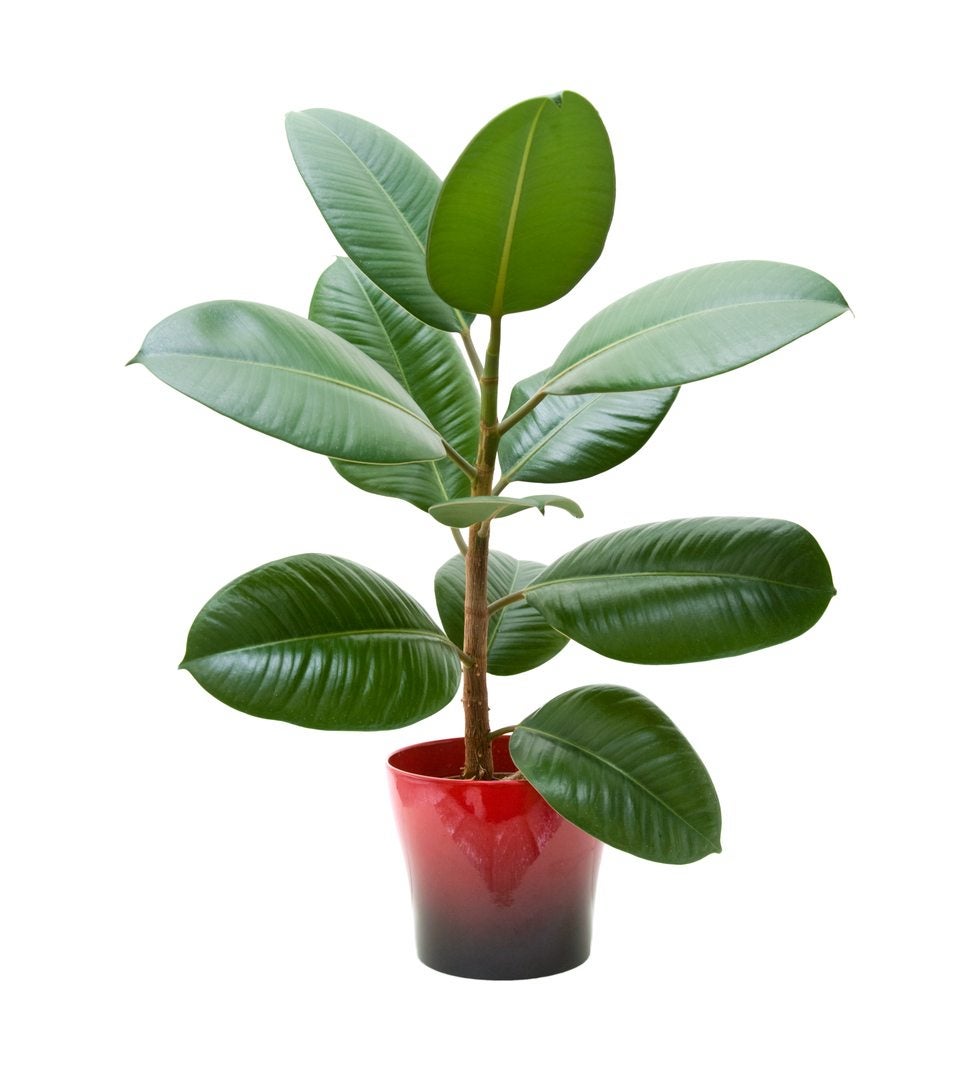 Rubber Tree Plant Potting – When Does Rubber Plant Need A New Pot
Rubber Tree Plant Potting – When Does Rubber Plant Need A New PotRubber trees make great indoor potted plants, but at some point you'll need to give them more room. Use the information found in this article to learn about rubber tree plant potting and when repotting is necessary. Click here for more info.
By Gardening Know How
-
 Watering A Rubber Plant: How Much Water Do Rubber Tree Plants Need
Watering A Rubber Plant: How Much Water Do Rubber Tree Plants NeedRubber tree plants are fairly easy to care for but dislike being moved and are fussy about water. Rubber plant watering must provide matching moisture to what the plants would find in their native Southeast Asian habitat. Learn about watering these plants here.
By Bonnie L. Grant
-
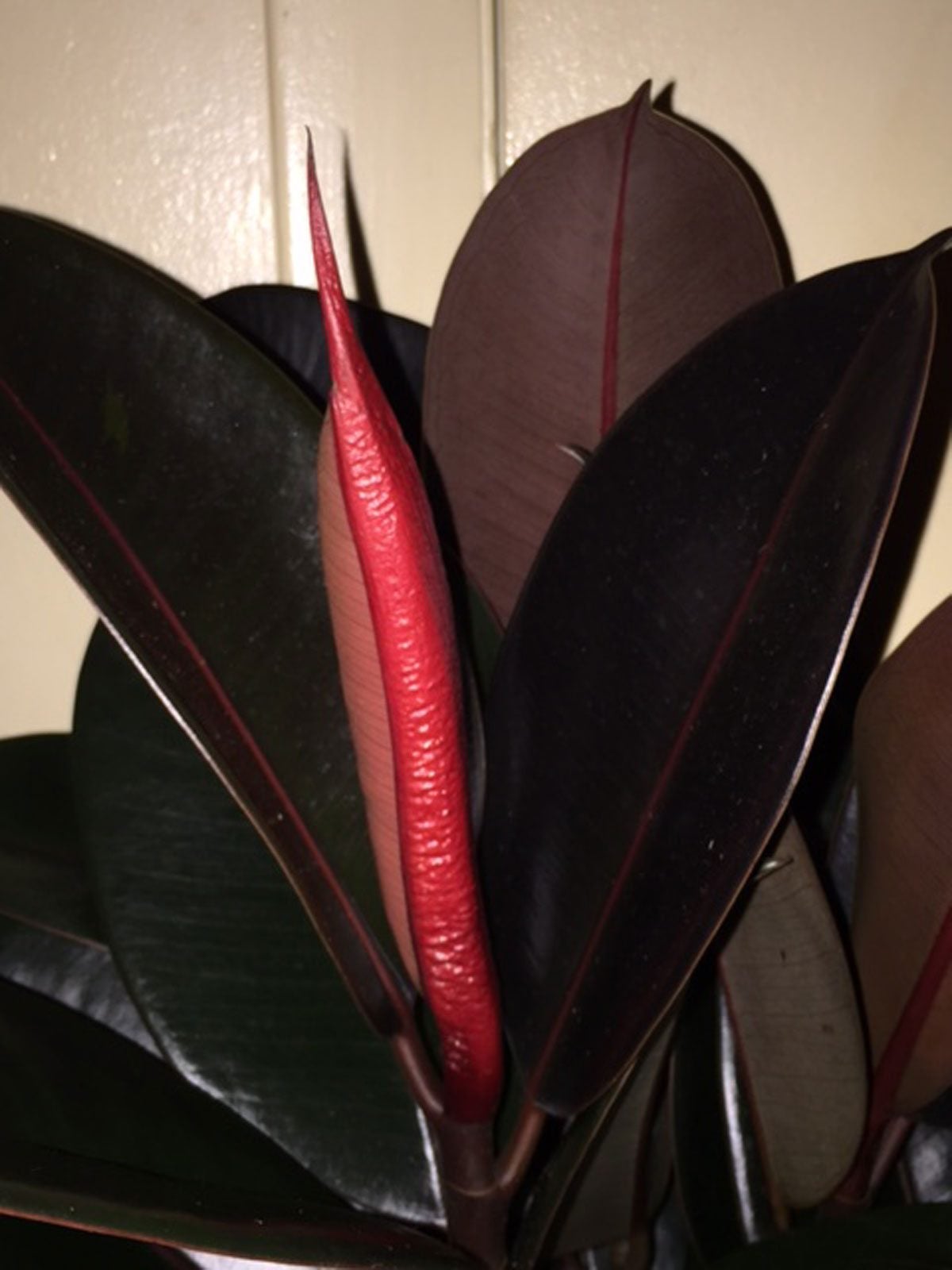 Red Sheath On Ficus: Does Rubber Plant Flower
Red Sheath On Ficus: Does Rubber Plant FlowerIf you've grown a rubber tree plant, especially the Burgundy type, and noticed what appears to be a beautiful flower unfurling, you might begin to wonder if rubber plant blooms or if this is your imagination. Find out in this article.
By Gardening Know How
-
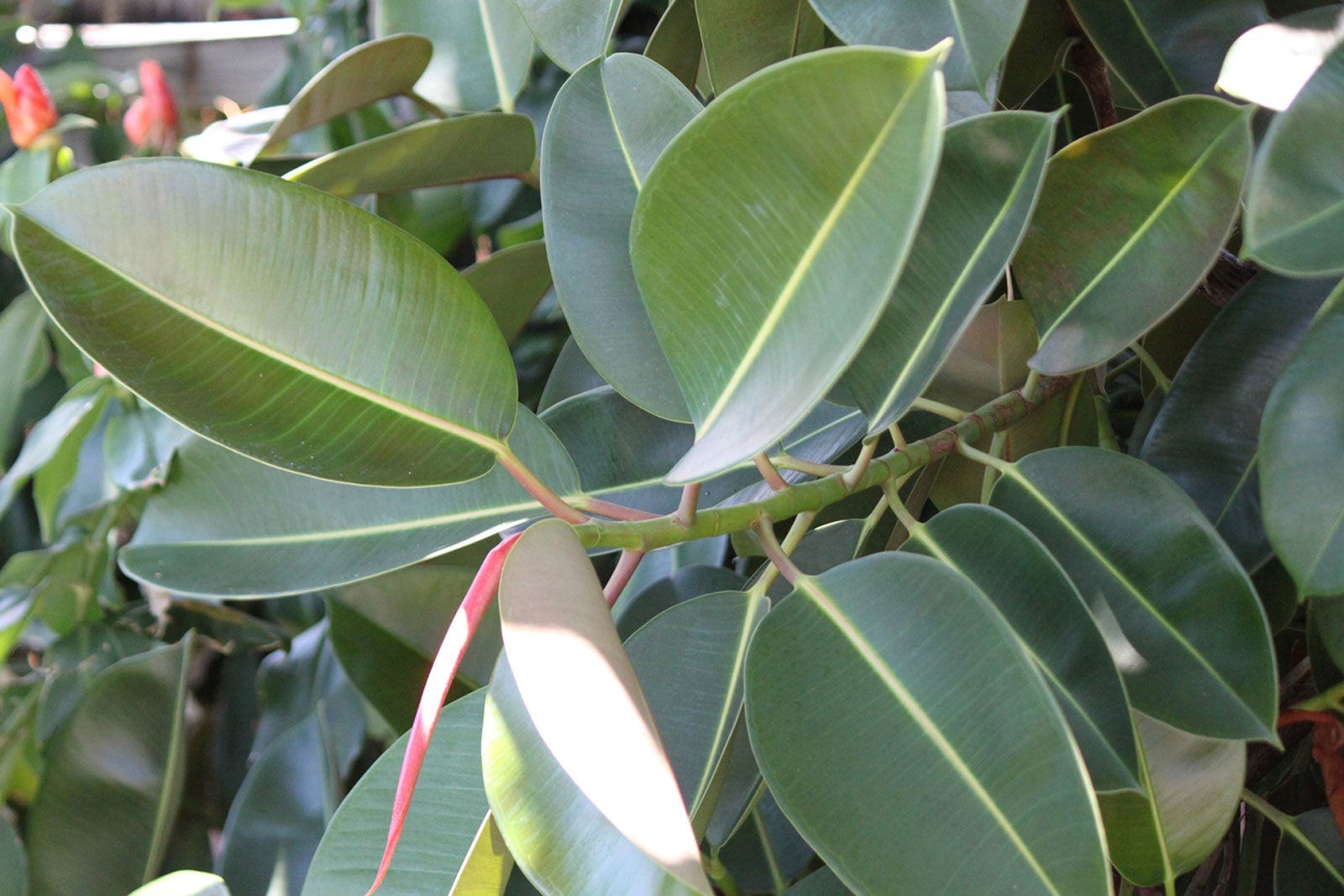 Rubber Plant Information: Taking Care Of A Rubber Plant Outdoors
Rubber Plant Information: Taking Care Of A Rubber Plant OutdoorsMost consider the rubber tree a large houseplant and find it is easy to grow and care for indoors. However, some people ask about growing outdoor rubber tree plants. Read here to find out.
By Becca Badgett
-
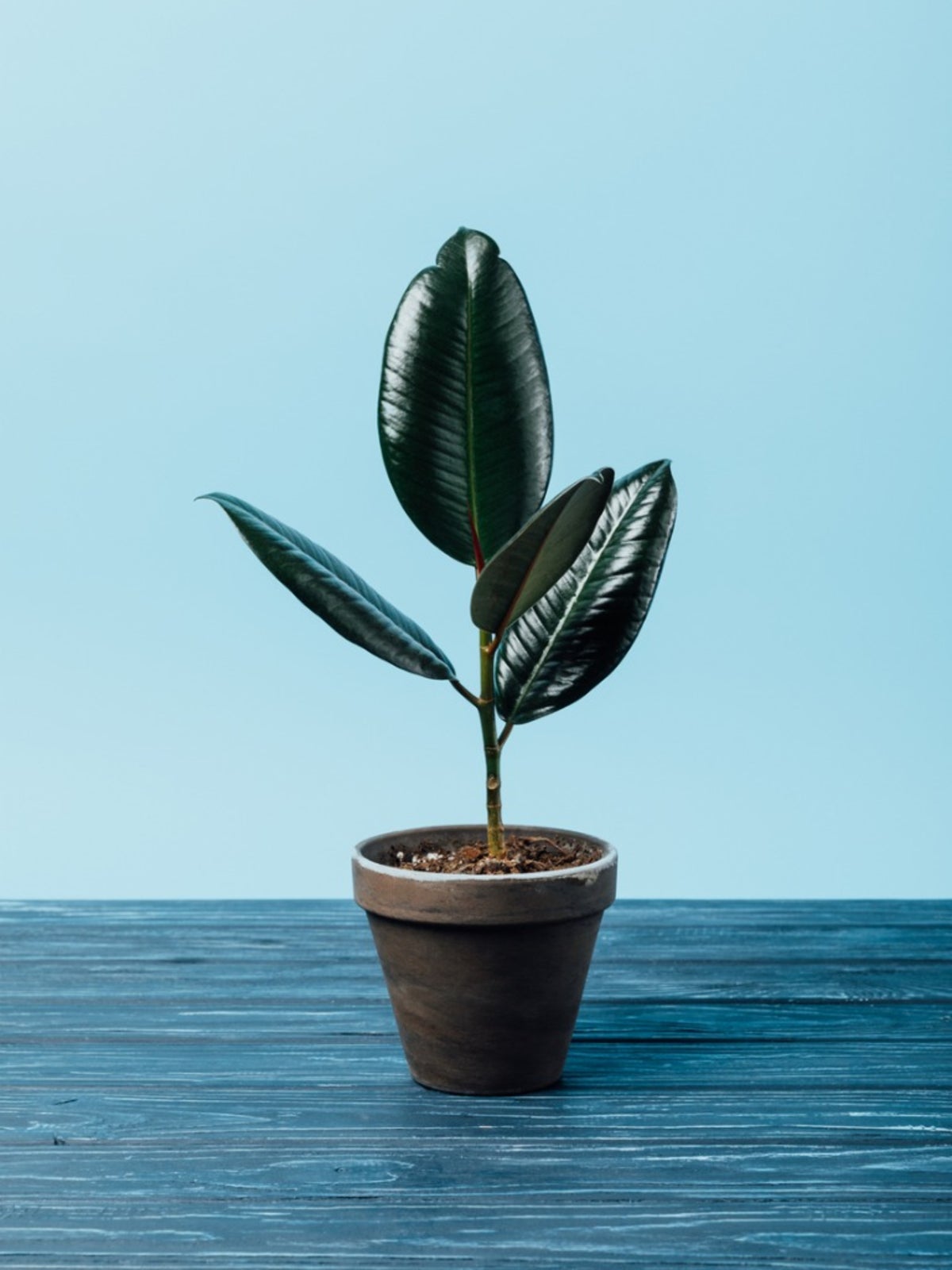 How To Start A Rubber Tree Plant: Propagation Of A Rubber Tree Plant
How To Start A Rubber Tree Plant: Propagation Of A Rubber Tree PlantRubber trees are hardy and versatile house plants, which leads many people to wonder a??How do you get a start of a rubber tree plant?a?? Propagating rubber tree plants is easy and this article will help.
By Heather Rhoades